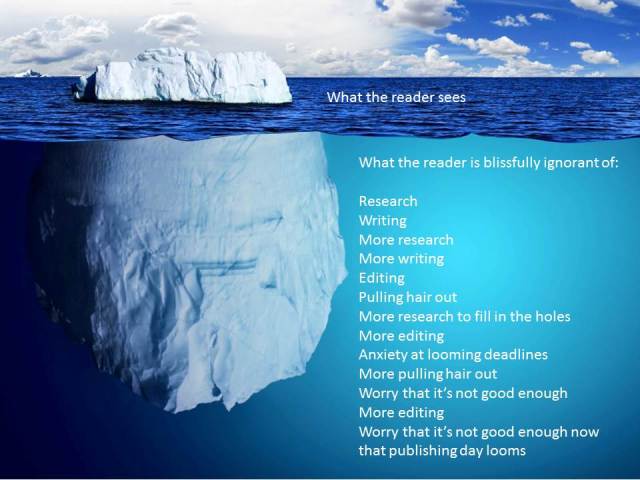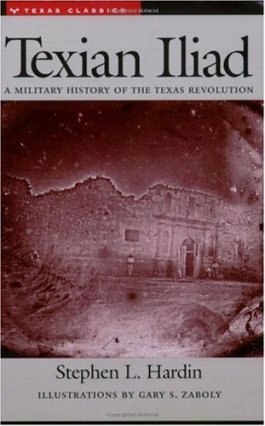I’ve finished the first draft of my novel. This point has been a looong time coming because way back when I started this project I only had a sense of what I wanted to do.
I love reading and when I finished a particularly good novel, one of those that left me with a feeling of great satisfaction mingled with a sense of loss because I would not be spending any more time with those characters, I felt inspired and empowered. I also felt a deep sense of yearning and desire because I really, really, really wanted to do what those authors did.
Oh lord, I had no idea what I was getting myself into. The thing is, as readers all we see is the finished product which stirs us and gives us a sense of “hey, I can do that. It’s easy!
Bah.
Writing ain’t easy. It’s hard, and very often frustrating, to spin the words until the page is infused with the magic that transports the reader to another land. Not only that but it takes a long time to see the fruit of our labor. A lot of steps and mis-steps, sometimes leaping forward, and other times sliding so far backward that we’re all the way back to the starting line.
Anyway, along this long and convoluted path I’ve taken, I’ve actually learned a few things that I’d like to share. Keep in mind that I’m writing historical fiction so some of this might not apply to other genres.
- Characterization is king.
Not just the king but the supreme ruler of fiction-land. It’s all about the characters and their journey. They can’t simply be like dust hovering in the air with no goals or aspirations. I recently tried to critique an historical novel but could not finish because not only did the characters not seem to have any desires and goals but even as far as eight chapters in, I still couldn’t really tell what the story was actually about.
- The bad guys have to have their own story too.
He or she can’t be bad for the sake of being bad. There has to be a reason they’re like that. This story is also theirs and they have their own motivations, goals and inspirations, which just happens to be at odds against the other characters.
If you really want to dig deep, blur the lines between his or her nefarious actions and the motivations behind them. Could they be like that way they are because of a betrayal of some sort?
- Make your bad guy just as complex as your main character.
Again, the bad guy can’t be bad for the sake of being bad. If your bad guy is a big ole burly dude who is covered in tatoos and spews racist and hate speech, put the infant daughter of his best friend in his arms and see what happens.
- If your bad guy is a concept, such as religious extremism or hate, or discrimination, it needs a face, or a person, that the protagonist can actually strive against.
Again, I’m writing fiction so there must be someone the protagonist must strive against and the only way he or she can fight against a concept is if there is a person attached to it. That person must embody the concept in all it’s fullness. But beware of making he or she a flat stereotypical bad guy. Just like I said above, make those antagonists fully fledged characters because they, too, have their own stories of why they came to be that way.
- The story you’re writing must rise above the history.
I love love love history but I’m writing historical fiction, not a history textbook. I fell into this trap more than once and found myself bringing the history to the forefront and relegating my characters to the back burner. Every time I did this, I had to go back and fix it.
- Let go of the “but that’s the way it really happened” mind set.
Again, I’m writing historical fiction, not a history book. Even though I need to stay true to the historical record sometimes things just didn’t fit. So in times like this, fudging and manipulation is the name of the game. Mostly I just kept the focus on my story and said nothing about the history. Other places I did make changes but I made sure they were very minor. And for any changes I made, no matter how minor, I inserted an entry in the author notes section because there will always be someone out there who will take me to task about my failing to follow the historical record.
- Primary sources are the best.
This is a super duper biggie. Primary sources are those that were generated at or about the time of the events you’re writing about and because of that, they are the best. The publication I heavily relied upon in writing For the Sake of Freedom was in itself not a primary sources but instead it was a book, born as a thesis paper, that relied solely upon primary sources, including the archives in Mexico.
Find at least two sources that corroborate each other. Look for diaries, letters, official correspondence, even newspaper articles and use those before you rely on anything else. There is one publication that during the research phase I wanted to use but within the second chapter I had to put it down because a great deal of information was erroneous compared all the other primary sources I had found.
If you’re writing historical fiction, and if it’s late enough, also look for secondary sources, or other publications that were published soon after your time frame that relied on primary sources. In my opinion they’re the next best thing because not only were they’re only one step away from the events of the day but they had access to the people who were alive and participated and wrote about the events of the day.
- Sources are biased and can be sensationalistic.
Oh yeah. Believe me, it’s there. One of the sources I used relied heavily on primary sources yet the author used sensationalistic language. That is not how I wanted to write my novel so I had to be very careful not to transfer that type of language over to my work.
- Beware of the perpetuation of errors.
Know your material! All it takes is one source to make an erroneous comment. If that source has any amount of legitimacy, as times goes on, that error could become relied upon so much that it ends up becoming fact.
- Always check the bibliography of your sources.
It will tell you what sources this particular source relied upon. If you already know what’s out there, it can help corroborate its authentication but it can also open the door to more sources you had no idea were out there.
- Make connections with those who work in museums and libraries.
They have access to all sorts of great material and if you’re nice, they will become your best friend during the research phase. My novel is based on the actions of John Walker Baylor, Jr., the nephew of the founder of Baylor University Judge REB Baylor, during the Texas Revolution. During my research phase, I contacted the curator of the San Jacinto Museum and she referred me to sources about the Baylor family I had no idea were in existence.

Juan Almonte’s Texas. Not a primary source in itself but a compilation of letters he wrote concerning Texas and his concerns for her future.
So there you go. Everything I’ve learned over the past few years delivered to all y’all in one big glop of information.
What’s next? To print out the manuscript and, with red pen in hand, read it and make edits. For me, reading and editing and navigating those hard copy pages is way easier than to do on a screen, regardless of the device, especially when I need to flip back and forth very quickly to make sure that “yes, I did say that back in chapter 3.”
The very best thing, though, about a hard copy manuscript is that having that tome in hand makes all that long hard work real. Very real.
Karina




